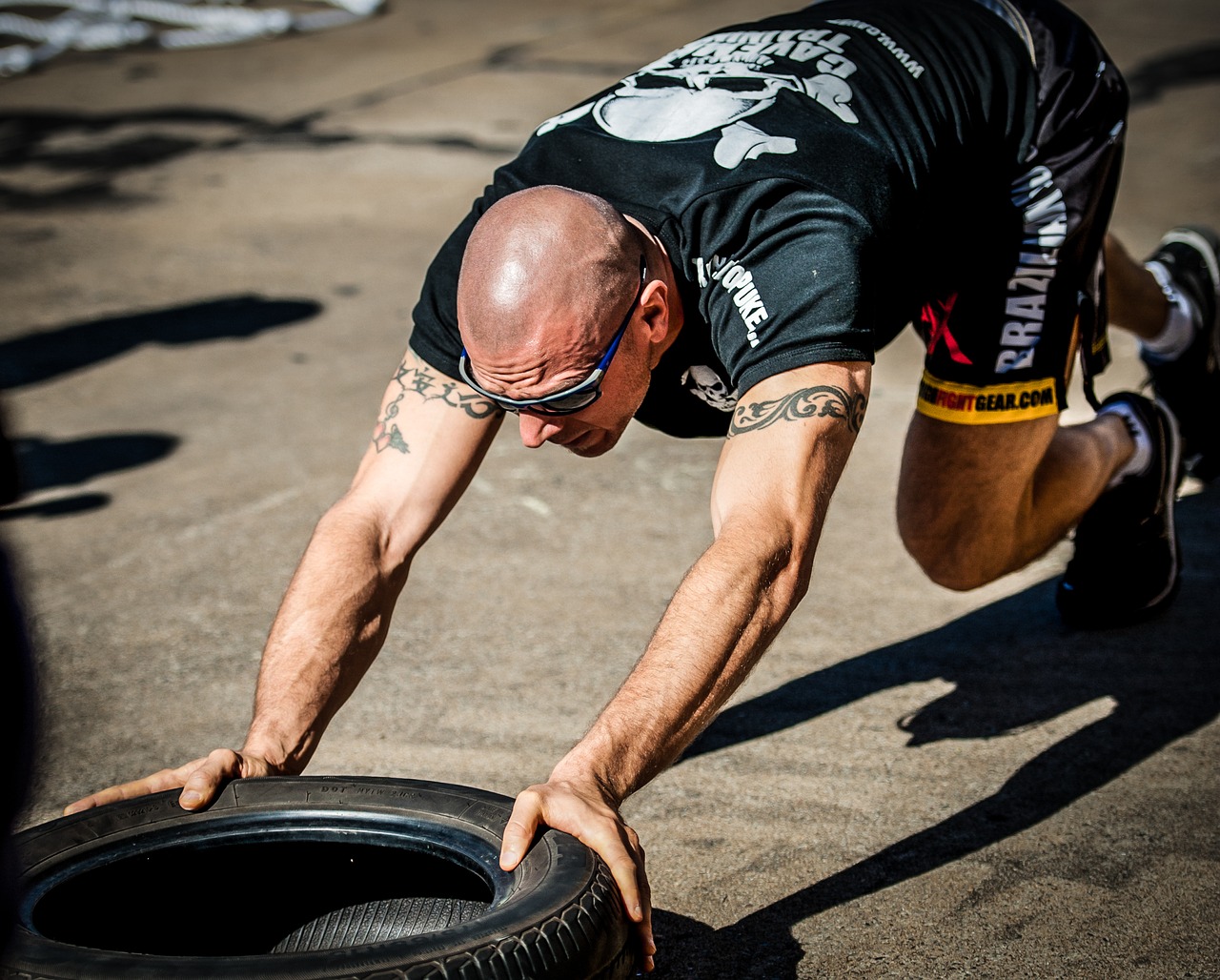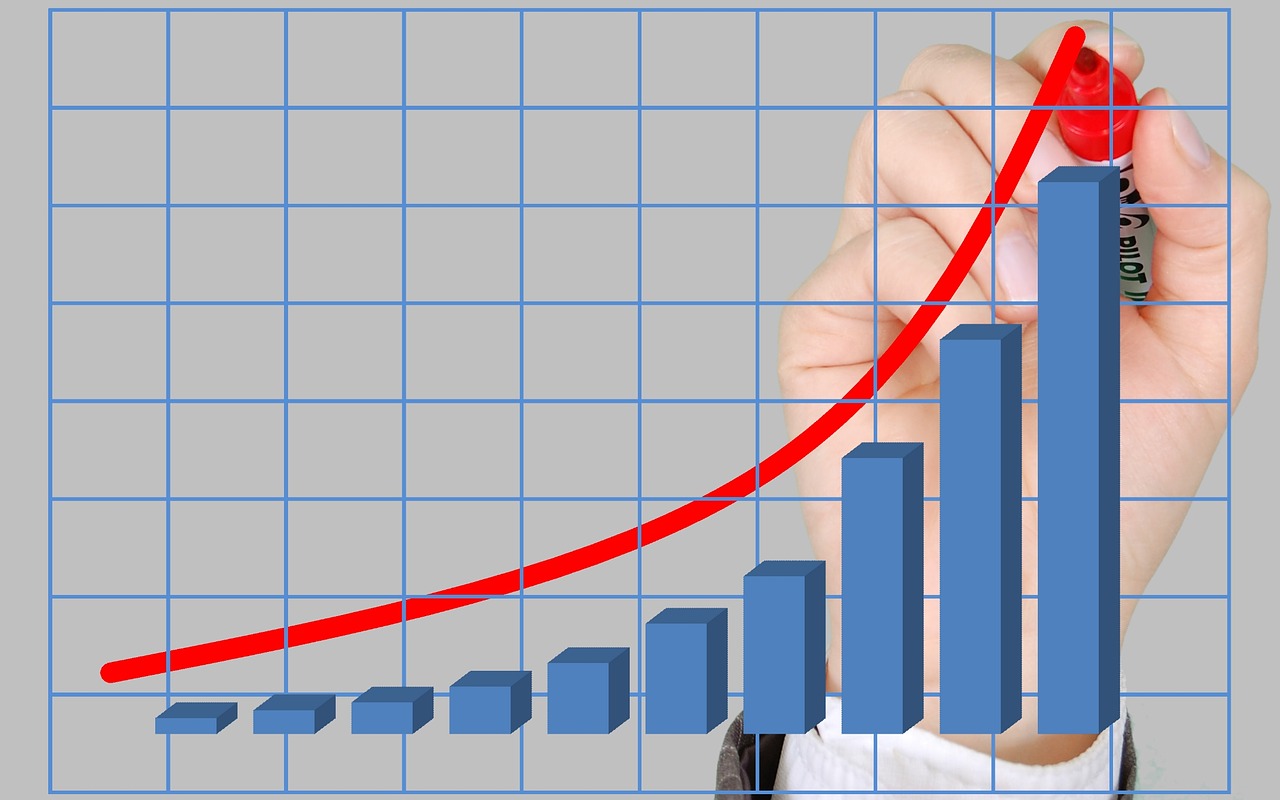
It’s often hard to get everything dialled in for optimal progress – which is why coaches exist, yours truly included. Well, I have some good news: there are basic, easy to implement things anyone can do to improve their results… A lot! And by improved results I mean better physique, and by that I really mean more muscle – bigger butts, arms, chests, legs or whatever it is that you want to build up.
Below I’ve layed out ten effective strategies – in no particular order – to help you make the most of your efforts in and outside of the gym. Welcome to Gainsville, population: you!
I – Space out equal servings of high quality protein through the day

While the available literature is not very rich in information when it comes to acute vs chronic effects of protein ingestion from various sources, so far we know there can be a substantial difference in how muscle protein synthesis (MPS) responds to amino-acid composition of various foods. [study]
Ultimately it’s hard to say how much better one complete source of protein is better than another [review] from perspective of long-term growth – because there just isn’t enough data, situation becomes much clearer when it comes to incomplete protein sources.
If your diet is rich in vegetables, fruits, whole-grains then you’re definitely doing it right from health perspective – but if it’s poor in animal sources of protein (like dairy, lean meat, eggs) then you are possibly hindering your progress even if the amount of protein you consume is adequate. Plant-protein based diet might not be providing enough amino-acid L-leucine with each serving of protein(responsible for regulation of mTOR signalling pathway) to fully stimulate MPS [study]. There’s also matrix effect of animal foods to consider – which so far has not been researched nearly enough but could be of great importance to athletes!
Spreading out quality protein through the day means you’re not missing out on windows of opportunity to stimulate MPS and preventing muscle protein breakdown, which has potential to positively affect long-term hypertrophy. So if you only eat one or two larger protein servings throughout the day you’re missing out on some growth! (Recent study has shown that consuming 40g dose of protein vs 20g dose post-exercise increases maximum MPS only by roughly 20% above that of 20g dose [study] hence protein „pooling” is not an effective strategy)
In conclusion: high quality protein consumed in adequate amount (at least 1.8-2.2g/1kg of bodyweight) spaced out in equal doses throughout the day every 3-4 hours is likely going to provide maximum benefit for growth purposes.
II – Set your calorie intake to be specific to your goal and stay consistent with it
If you want to grow, you need to eat in surplus. If you want to lose weight, you need to eat at deficit. If your calorie intake does not match your goal your progress will be very slow or there will be simply none to speak of. Trying to grow muscle in deficit outside of the fairly short beginner period of training is very inefficient, so is eating at calorie maintenance to „recomp” when you have plenty of body fat to lose. Match calories to your goal and give it few months to see the change.
III – Rest 2-3 minutes between work sets

Brad Schoenfeld is the man when it comes to all things hypertrophy-related and it comes as no surprise he’s behind top quality research in this field. One of his recent studies [link] explored the relationship between inter-set rest periods and growth.
Turns out, taking a little bit longer (around 3 minutes) is more beneficial than shorter rest periods (1 minute). This is likely because you can put more effort into your next set when you’ve recovered better and when you think about it, it kind of makes sense that more effort = better progress.
IV – Make sure your training is specific to muscle hypertrophy

This one is sort of common sense, but if your goal is to improve your physique your training should be oriented towards producing maximum growth in the muscle department. This means going 4-2 reps shy of muscular failure with rep range between 8-12 most of the time (I went into a little more detail about that in my „Introduction To Physique Development”)
If your training is not centered around a mix of compound exercises with isolation work while applying the above, then it might be a good idea to review your programming for potential improvements.
Some of the common mistakes I see is doing too much strength training (high intensity, low rep ranges) or too much plyometrics, band work, „functional” training (bosu ball squats might be fun but they’re a poor way of getting your legs to grow) and trying to achieve several goals at once when most of the time it’s probably better to focus on developing just one quality.
V – Include a period of lower volume training every few months
As you keep pushing yourself in the gym over the weeks your body produces more AMPK – an enzyme responsible for cellular energy homeostasis. Part of it’s role is suppression of cell growth and protein synthesis when present in increased quantity. This is why it’s very important to utilize deloading – a purposeful reduction in intensity and/or volume of training (or complete cessation of training) for period of at least one week every 4-6 weeks to allow your body to „knock down” AMPK levels a bit, as well as take at least a 4 weeks of low volume/high intensity training every 3-4 months to promote supercompensation and retention of lean body mass while your body reestablishes hormonal & enzymatic homeostasis before another high volume hypertrophy phase – [review] and another [review] for your pleasure.
VI – Recognize symptomps of when you’re doing too much
If you’re training past your body’s capabilities to recover all the time you will not give it enough space to adapt and grow. If you have symptoms such as general fatigue, lack of drive for working out, low libido, crappy mood and you tire quickly then it’s time to take a step back, relax and take it easy for a week or two.
VII – Utilize progressive overload

This is a really common problem! In order to grow more muscle, you need to provide enough stimuli for your body to adapt to. If you always train at the level at which your body is comfortable recovering and never do more, then your physique will reflect the lack of progression in your training. Increase the weights a little once you realize your effort per set has dropped to comfortable level and once you see you can train for 4-5 weeks without feeling accumulating fatigue creep up on you, increase the amount of sets/reps performed by 1-2 per muscle group.
VIII – Change your exercises every 1 – 2 mesocycles
Introducing variation in form of exercise change to one you haven’t performed in a while provides new stimulus for growth. Combined with change in repetition range and increase in training volume for the following mesocycle it will help squeeze out every bit of hypertrophy your muscles are capable of at that point.
IX – Use Repetitions-In-Reserve (RIR) for training at desired intensity levels
Percentage-based exercise intensity prescription does not provide the same levels of effort per set between different individuals [study] especially when performed in the 60-75% range. If you always seemed to struggle a bit with programs based on percentages of 1RM, a system which guarantees the required proximity to failure like RIR could be exactly what you need to give your training just right level of intensity [link].
X – Don’t program hop – spend at least three months being consistent in your approach to see results

In the life of natural lifter nothing happens quickly. Everything takes time. Unfortunately the more advanced the trainee the more time it takes. If you can’t see results after a month, don’t worry just yet! Hypertrophy in the muscle tissue takes time to manifest and is a result of cumulative effect of your training, nutrition and recovery. Stay consistent, apply everything you’ve read above and you will get the results you’re after!
Thanks for reading!
– Konrad

